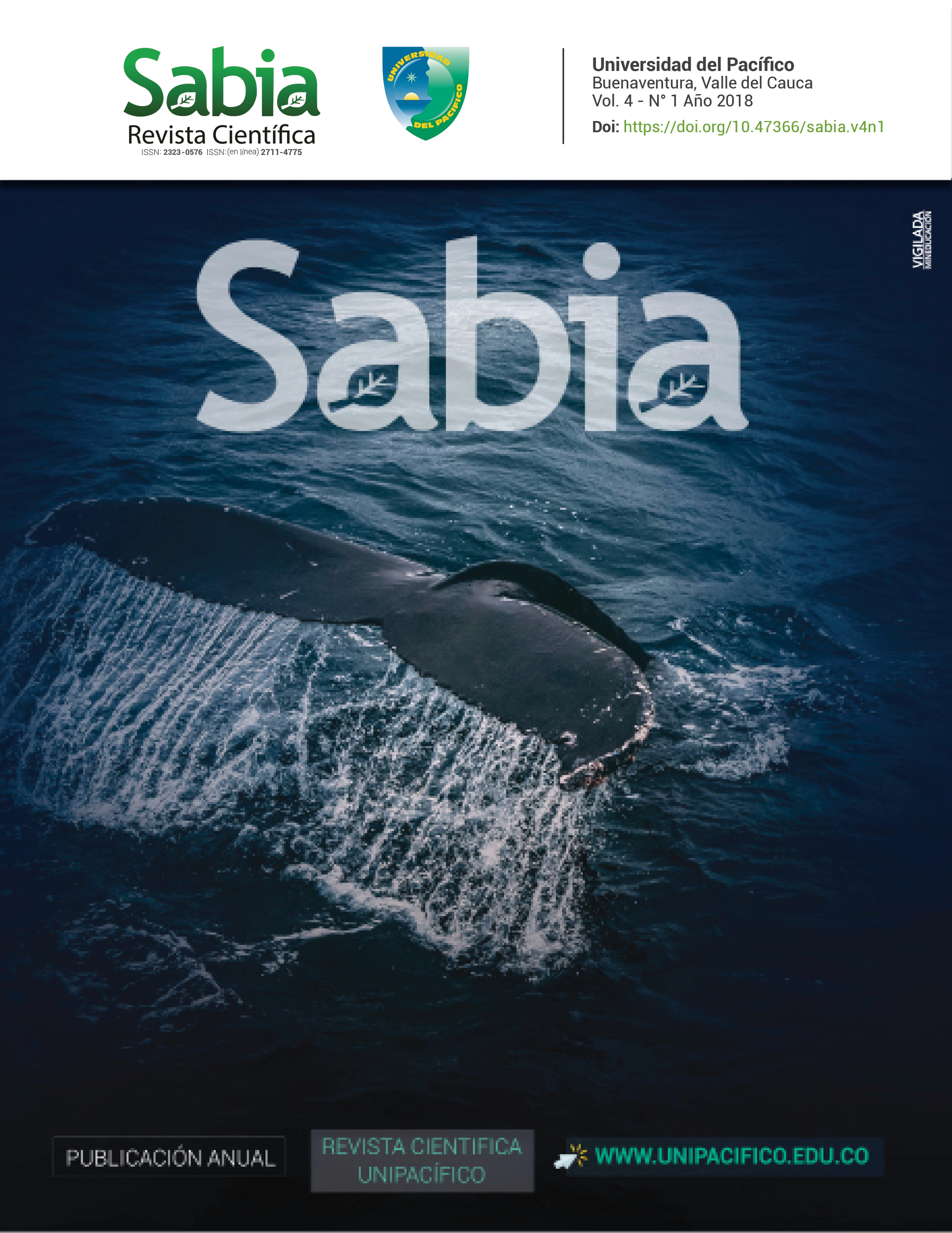Incidence of VLE - Virtual Learning Environments in the Generation of Collaboration Skills in University Students
Incidencia de los Ambientes Virtuales de Aprendizaje AVA en la generación de habilidades de colaboración en los estudiantes universitarios A Case Study

This work is licensed under a Creative Commons Attribution-NonCommercial-ShareAlike 4.0 International License.
Show authors biography
This article is part of an investigation-diagnosis carried out at the Antonio Nariño University, Buenaventura headquarters, Colombia, regarding the contributions of Virtual Learning Environments in the generation of collaboration skills in third-semester students of the International Trade program, year 2015. The methodology was supported by the type or qualitative approach and the phenomenological-ethnographic design with which the interview technique was established, which allowed investigating the meanings that the use of these tools at the service of education represents for the subjects of study and, especially, the interactions mediated by information and communication technologies that promote the emergence of new skills in the learners in their learning processes. Among the main conclusions, it was established that the success or failure of the training process and generation of collaboration skills depends on an adequate pedagogy in which the role of the tutor is efficient in terms of the capacities that he wishes to promote, as well as the institutional commitment to provide an effective training around all the possibilities that virtual learning environments offer.
Article visits 475 | PDF visits 179
- (1996). La innovación tecnológica: definiciones y elementos de base. Redes, 3(6) 131-175. Recuperado de http://www.redalyc.org/articulo.oa?id=90711287005
- Esquivel, G. y Edel, N. (2013). El estado del conocimiento sobre la educación mediada por ambientes virtuales de aprendizaje. Una aproximación a través de la producción de tesis de grado y posgrado (2001-2010). Revista Mexicana de Investigación Educativa, 249-264. Recuperado de http://www.redalyc.org/articulo.oa?id=14025581011
- Geertz, C. (2000). La interpretación de las Culturas. Distrito Federal, México: GEDISA
- Herrera, B., (2002). Las fuentes del aprendizaje en ambientes virtuales educativos. Reencuentro, (35) 69-74. Recuperado de http://www.redalyc.org/articulo.oa?id=34003507
- Herrera, C., Mendoza, Z., & Buenabad. (2009). Educación a distancia: una perspectiva emocional e interpersonal. Apertura, 9(10) 62-77. Recuperado de http://www.redalyc.org/articulo.oa?id=68812679007
- Hernández, S., Fernández, C. y Baptista, P. (2006). Metodología de la investigación (4ª ed.). México: McGraw-Hill.
- Martínez, S., y Prendes, E. (2008). Estrategias y espacios virtuales de colaboración para la enseñanza superior. Revista Internacional de Ciencias Sociales y Humanidades, SOCIOTAM, XVIII (2) 59-90. Recuperado de http://www.redalyc.org/articulo.oa?id=65411193004
- Merchán B., y Salazar B., (2004). Elementos favorables para el diseño de ambientes virtuales de aprendizaje. Revista Cuestiones de la Escuela de Ciencias Sociales, Humanidades y Artes UNAB, 2.
- Moreno Murillo, G. (2014). Representaciones sociales de los estudiantes afrocolombianos en torno a la construcción de su etnicidad. Revista Escuela de Administración de Negocios, (76) 193-201. Recuperado de http://www.redalyc.org/articulo.oa?id=20631321011
- Murillo, T. (sin fecha). Metodología de investigación avanzada. Disponible en: http://www.uam.es/personal_pdi/stmaria/jmurillo/Met_Inves_Avan/Presentaciones/Entrevista_%28trabajo%29.pdf
- Pastor Angulo, M. (2005). Educación a distancia en el siglo XXI. Apertura, 5(2) 60-75. Recuperado de http://www.redalyc.org/articulo.oa?id=68800206
- Rincón, M. L. (2008). Los entornos virtuales como herramientas de asesoría académica en la modalidad a distancia. Revista Virtual Universidad Católica del Norte, (25) Recuperado de http://www.redalyc.org/articulo.oa?id=194215513009
- Salgado, L. (2008). Investigación cualitativa: diseños, evaluación del rigor metodológico y retos.liber.(13), 71-78. Disponible en: http://www.scielo.org.pe/scielo.php?script=sci_arttext&pid=S1729-48272007000100009&lng=es&nrm=iso
- Torres, V., A. (2002). Red UAM: grupos virtuales de aprendizaje colaborativo. Reencuentro, (35) 38-48. Recuperado de http://www.redalyc.org/articulo.oa?id=34003504

